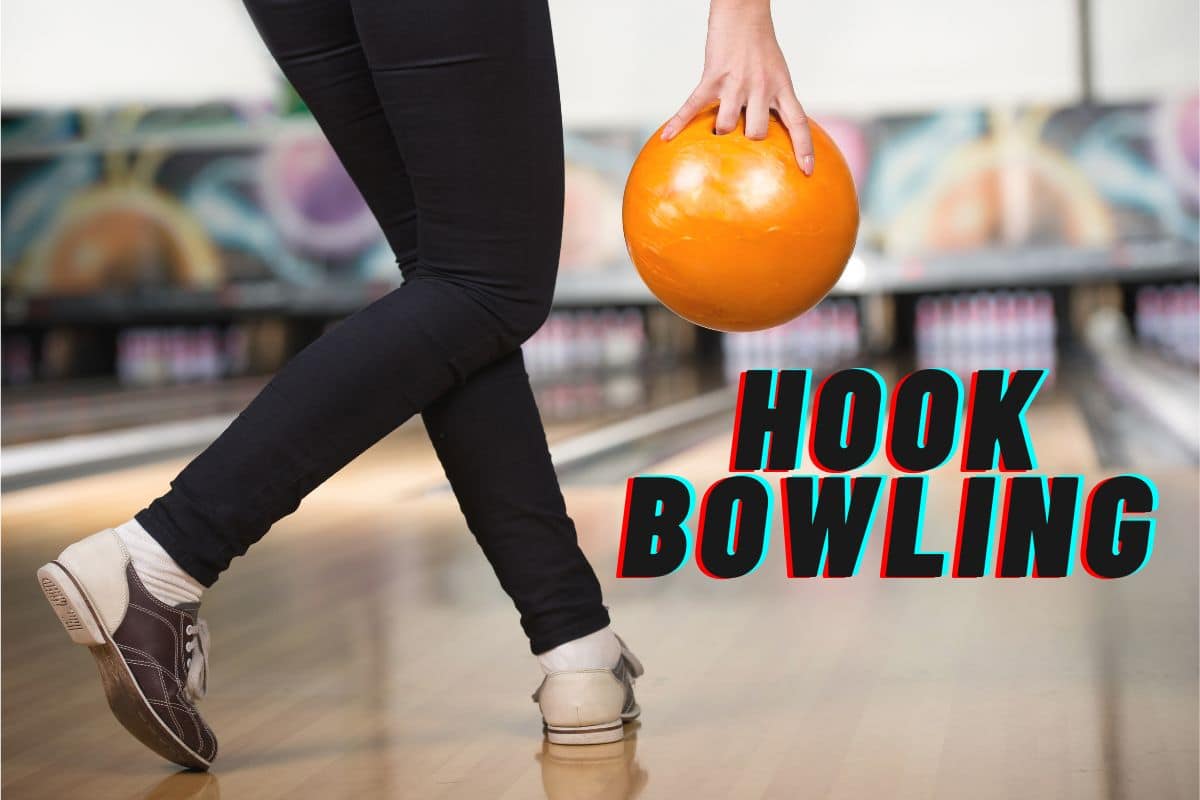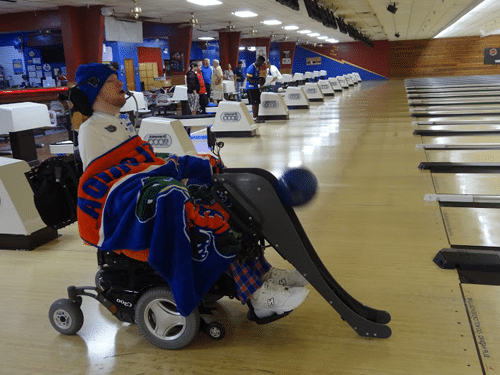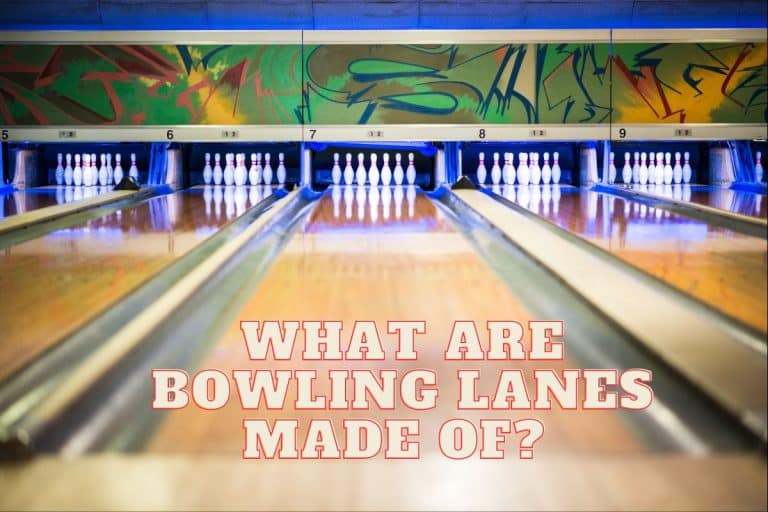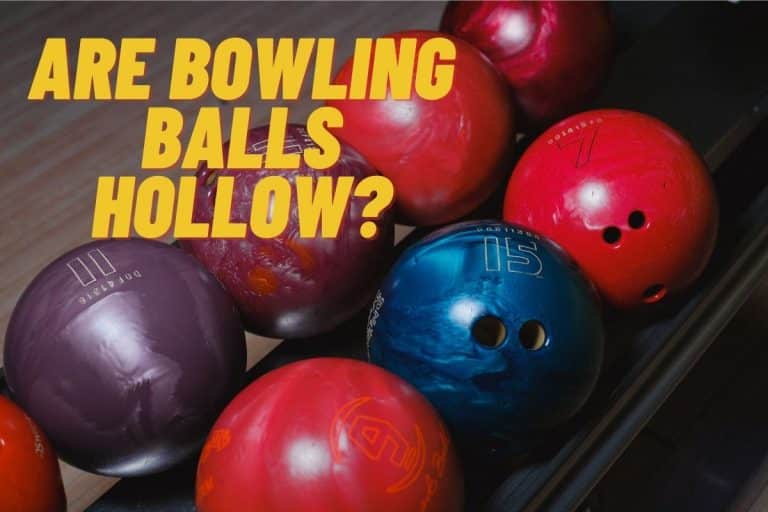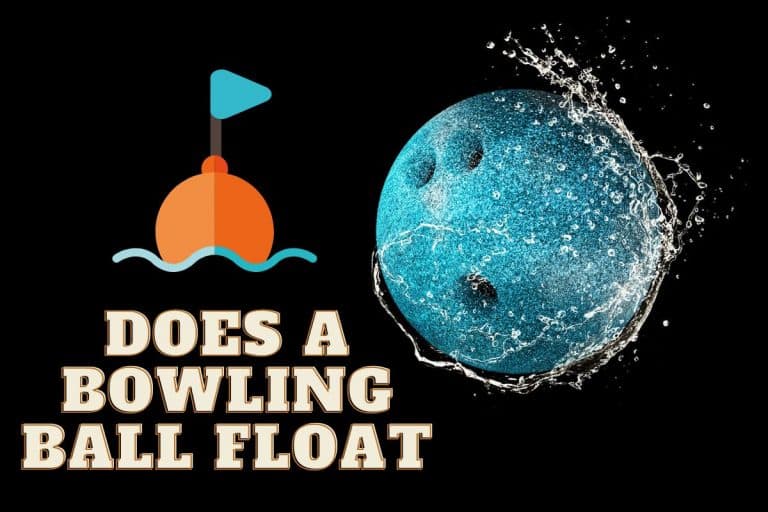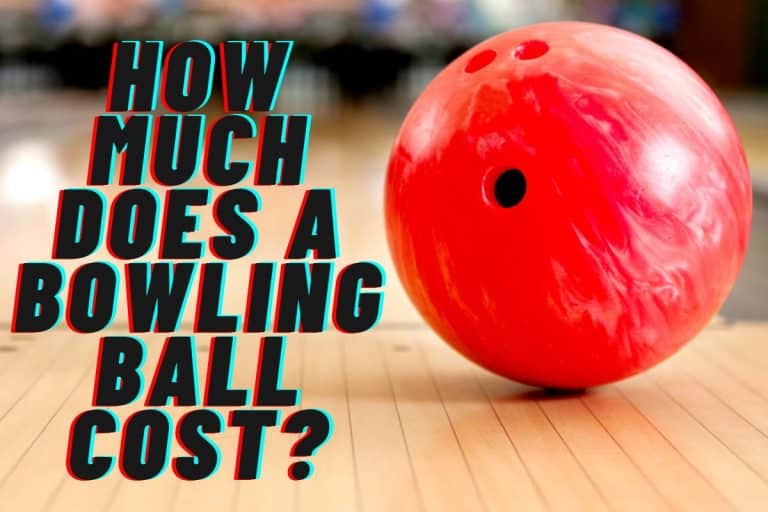What is Hook Bowling and How to Make it Curl
Hook bowling is one of the most advanced techniques in bowling. It requires proper technique, timing and practice to get it right.
This makes it even more difficult for some bowlers to master. Despite that, hook bowling is also very effective, especially in competitive challenges. It increases your chances of hitting more strikes.
So, what exactly is hook bowling? In this article, we'll look at everything about hook bowling, what it is, how it works, and how you can perfect it.
What is Hook Bowling?
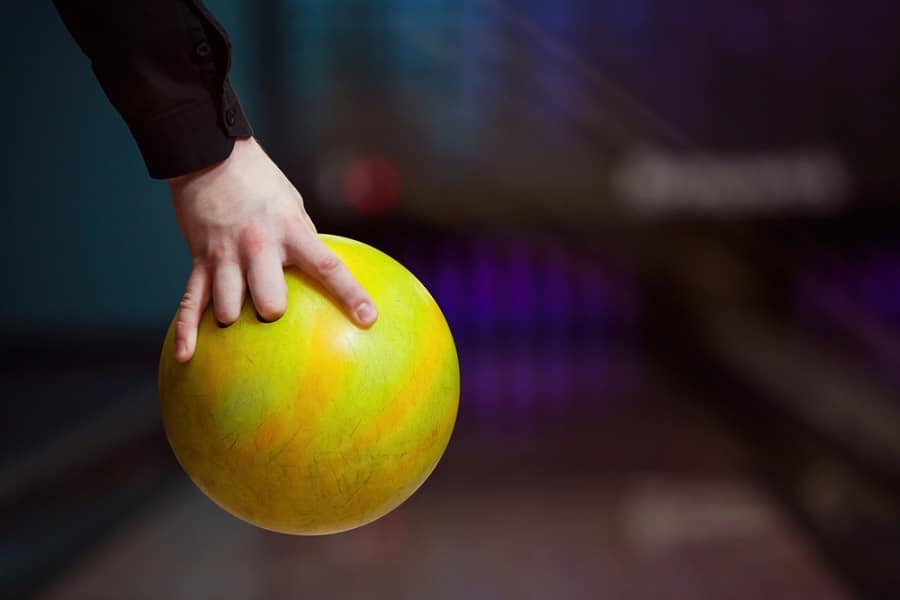
Hook bowling is a bowling technique where a bowler throws a special type of reactive ball in such a way that the ball rolls on a curving pattern as it approaches the pins. Instead of the ball moving straight, the ball hooks or curves. Bowlers use this technique to increase the chances of hitting the pins at an angle.
Hook bowlers change the angle of the ball's approach to the pocket. The pocket is the space between the head pin (pin 1) and the two pins diagonally behind it (pins 2 and 3).
You'll need a bowling ball with a high hook potential to make a hook bowl. The hook potential of a bowling ball can be adjusted by changing the weight, drilling, and surface of the ball. This allows the bowler to fine-tune their ball to their personal preferences and the condition of the lanes.
If you're a right-handed bowler, you can aim for the pocket between pins 1 and 3. Left-handed ones can go for the pocket between pins 1 and 2 to achieve a perfect shot. Even with practice and careful aiming, it can be quite difficult to approach this pocket with a straight throw. That's why most bowlers prefer the technique of hook bowling.
A hooked ball will curve down the lane, changing the angle as it approaches the pins. This increases your chances of knocking down more pins, and the ball hits at a diagonal angle.
Why Do Bowling Balls Hook?
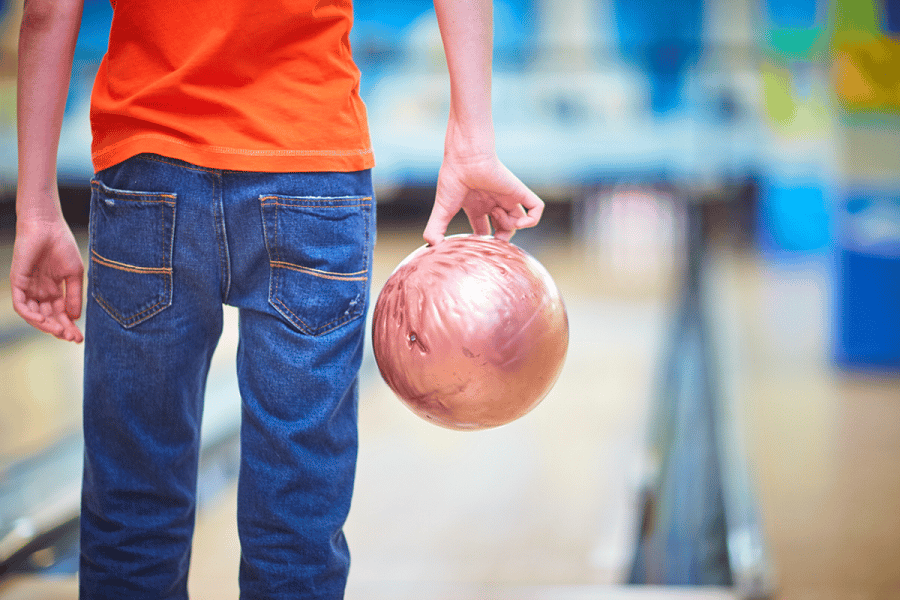
Generally, a bowling ball hooks depending on the throw of the bowler. When a bowler imparts spin on the ball, the ball's rotation creates a difference in friction on one side of the ball compared to the other. The side of the ball with less friction will travel farther and faster than the side with more friction, causing the ball to hook or curve in the opposite direction of the spin as it approaches the pins.
Many bowlers spend hours of practice to perfect the art of hook bowling. You'll be required to try out different releases and finger grips to perform a hook. Additionally, the coverstock of the bowling ball also affects its hook capability. The regular house balls are made of polyester or plastic, which makes it difficult to achieve consistent hook throws.
Therefore, it's best to practice hook bowling with a special ball designed especially for hook bowling. These balls are called resin or particle balls. They are more porous and have specially drilled holes that can create greater friction on the lane surface, which can make the ball hook more.
The best bowling balls for beginner's hook are available at various pro bowling stores with a price range starting from $100 upwards. Some of the best bowling balls for beginner's hook include:
- Storm Proton Physics
- Storm Parallax
- Brunswick Zenith
- Hammer Obsession
- Ebonite Aero
If you choose to venture into hook bowling, research to ensure you find a ball that fits your style. You should also have a ball that accurately fits in your arm and sticks with the fingertip grip.
What is the benefit of Hook Bowling?
Bowlers hook a bowling ball to increase their chances of getting a strike hence improving the quality of their scores. When the ball hooks, it approaches the pins at an angle rather than straight on, resulting in more strikes and spares, more pins knocked down, and more points.
The hooking motion can also create more power and force when it hits the pins, increasing the chances of knocking them all down. This is because the force of the hook ball will get more pins even when you miss the precise spot.
Additionally, hooking the ball can also help bowlers to adjust to different lane conditions. When a bowler competes in leagues and tournaments, switching to hook bowling gives them a better competitive chance. They will get better scores which means better results.
It can be quite difficult for a bowler to get a strike on lanes with challenging oil patterns. This is because the ball will slide more, making it extremely difficult. By hooking the ball, a bowler can create a different angle of attack on the pins, allowing them to overcome the difficulties caused by the oily lane condition. While it requires more practice, hook bowling is a technique that every bowler should master to increase their chances of succeeding in bowling.
How Do Bowling Balls Lose Their Hook?
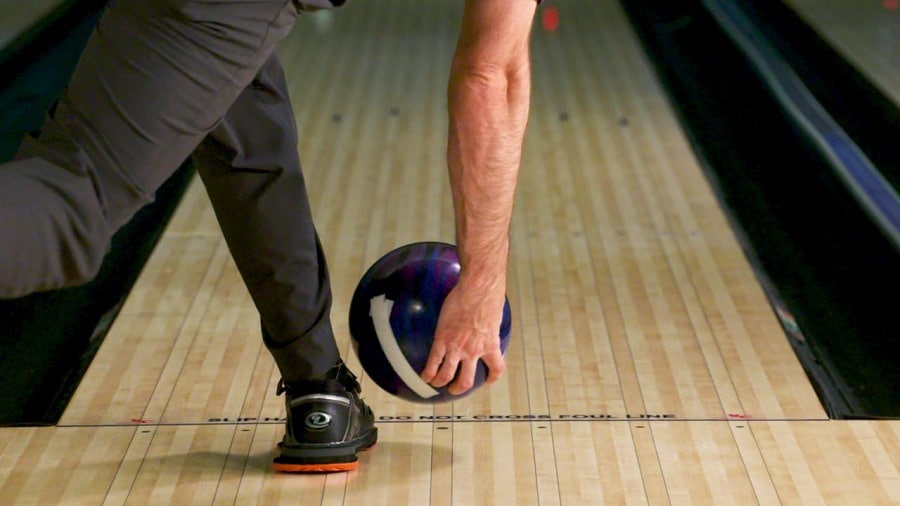
Unfortunately, bowling balls can lose their hook. Like any other sports equipment, a bowling ball goes through wear and tear, which reduces its hook potential. Therefore, after bowling for a long period, the ball's coverstock can become worn and smooth, affecting its hook.
Typically, hook balls have many porous holes on their surface that create friction leading to better grips and hook potential. When these holes absorb oil, they become clogged, leading to less friction. The oil is also absorbed between the peaks and valleys that cover your ball's surface, consequently flattening it and making it lose its traction. When the peaks and valleys of your bowling ball sand down, it's difficult for the ball to generate the friction needed to hook it.
Other factors that affect the hook potential of a bowling ball include improper finger or thumb placements and changes in lane conditions, such as oil patterns.
How to Regain Your Ball's Lost Hook
Instead of buying a new bowling ball, you can extend your ball's lifespan and hook potential. Some of the ways you can regain your ball's lost hook potential include:
Cleaning
You should regularly clean your bowling ball to ensure it's in the best condition possible. It's recommended to clean your ball after every game. Cleaning the ball removes the oil that might clog the ball's pores, reducing its hook capability. You can use a clean microfiber towel to clean your ball immediately after use.
To deep clean your ball, you'll need a cleaning agent specifically designed to pick up the oil off the bowling ball without damaging the ball itself. Bowlers can also opt for homemade cleaning agents to keep their balls as clean as possible.
Resurfacing your ball
Bowling ball resurfacing is another option for restoring your ball's hook potential. It involves removing the worn surface by sanding down your ball. You can take your ball to a pro shop professional for resurfacing or do it yourself. It can be done by hand using sandpaper or by using a ball spinner with different grits of abrasive pads.
This technique roughens up the surface of your bowling ball, recreating the microscopic peaks and valleys that had been worn down. With the new, rougher surface, your ball's hook potential will be restored.
Revivor
If need be, you can use a revivor oven to restore your ball's hook potential. This technique involves heating the ball to a specific temperature for a certain amount of time, which causes the coverstock to soften and become more porous. This allows the pro shop professional to then use an abrasive pad or sandpaper to remove a thin layer of the coverstock, revealing a new, rougher surface underneath. It also gets rid of the oil absorbed by the ball.
It's also important to note that the lane conditions can play a big role in how much hook a ball has, so you may also want to try bowling on different lanes or with different oil patterns to see if that helps regain the lost hook.
You should consult with a pro shop professional or bowling coach to determine the best way of regaining your ball's lost hook.
How to Throw a Hook Bowling Ball
The key aspect of mastering the art of hook bowling is practice. This is because it requires proper technique, the right timing, and so many different things to master. It's through regular practice that you can throw the ball the right way and get it to curve into the pocket. Some of the tips on how to throw a hook ball include:
- Ensure you have the right grip: Insert your middle and ring fingers into the grip holes. You should also remember to get your index finger out of the way to make it easy to control the ball's hook. Your dominant hand should be under the bowling ball, while your other hand should be to the side to help support the ball.
- Your throw: Place the ball on your dominant hand slightly higher than your waist. When getting ready to throw, you should always ensure that your hand stays behind the ball. This is crucial in generating a hook and giving you more power for a throw.
- Time for your release: Your thumb should leave the socket first. This allows you to rotate your wrist so that your hand is in the handshake position. Doing this will give the ball a natural flicking motion as you release it.
The more you practice, the better you will get at throwing a hook ball. Try experimenting with different arm speeds and release points to find the combination that works best for you.
Conclusion
Throwing a hook ball creates more movement on the ball, making it easy for bowlers to hit the pocket. You can use it to combat various lane conditions, such as oil patterns that make it more difficult to play. However, this effective technique requires extensive practice and perseverance. After reading this article, we hope you've understood everything about hook bowling, and with practice, you can eventually master it.
